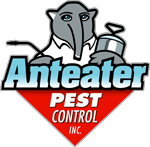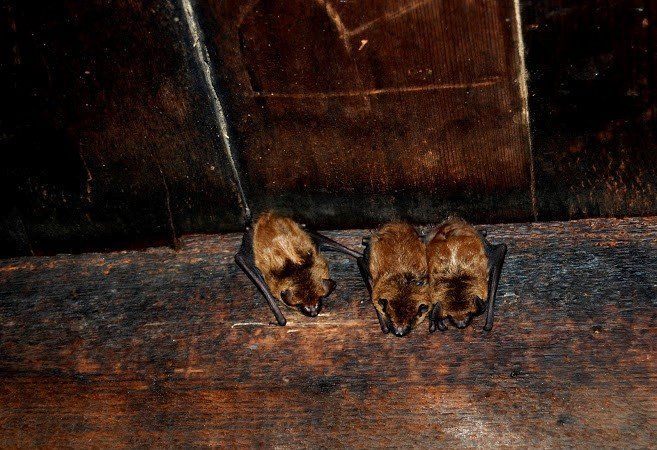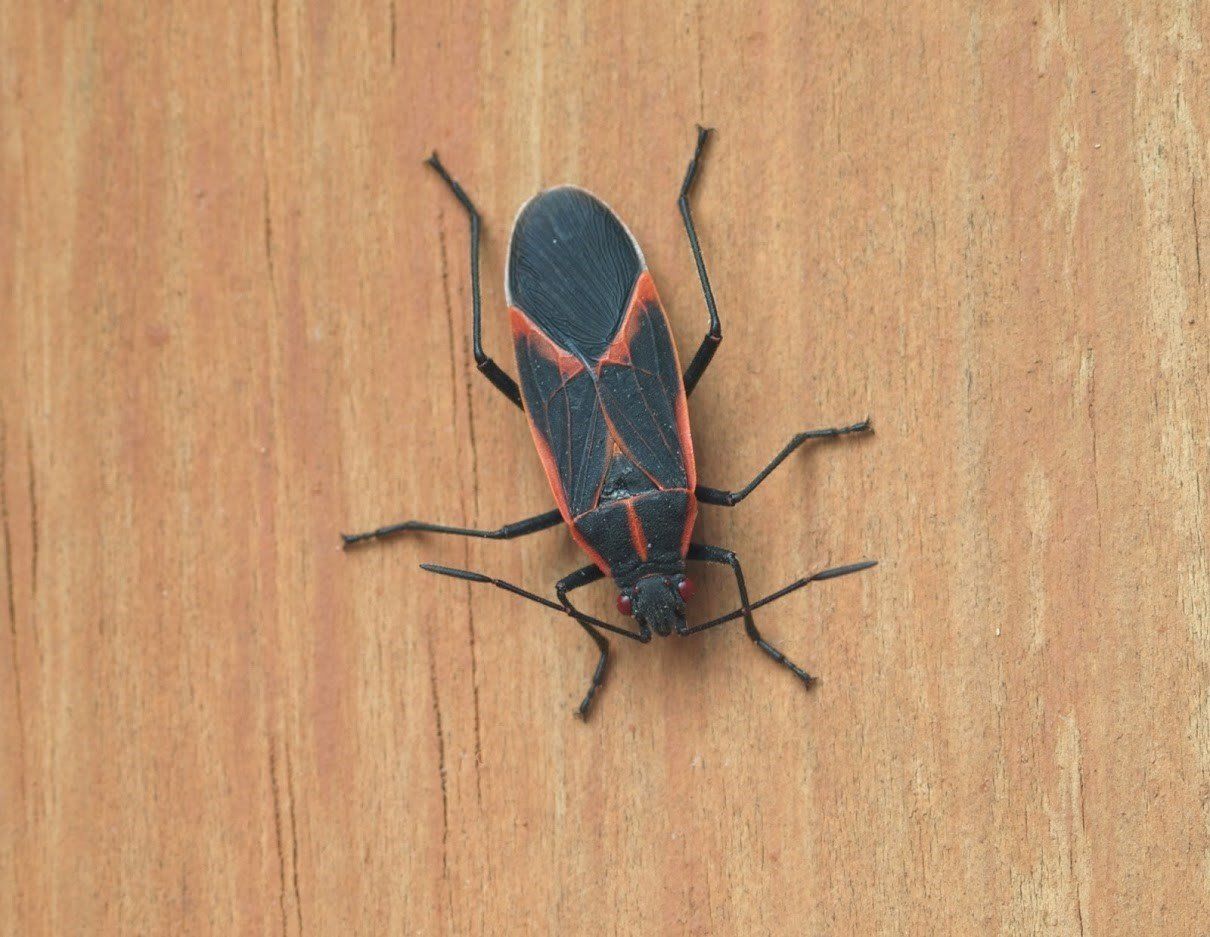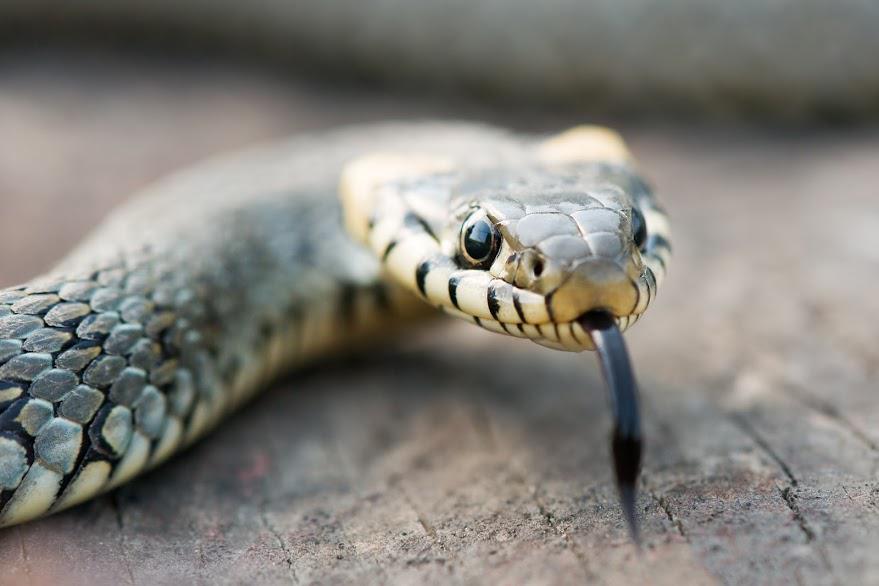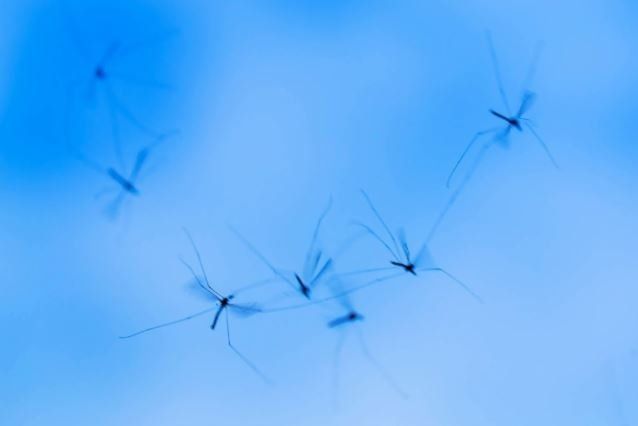Pest Problems and the Overgrown Yard
websitebuilder • June 18, 2019
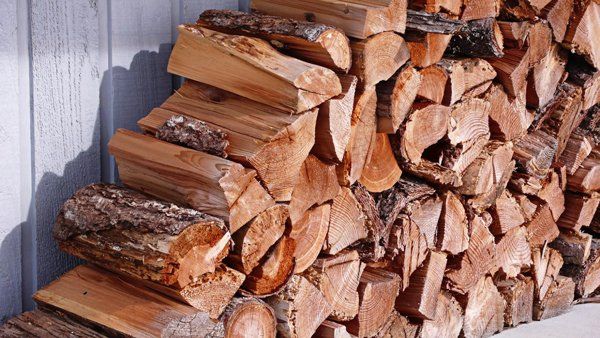
The weather is warm, the sun is shining, and your garden is growing — sometimes too much. An overgrown area is an open invitation to pests. If your recent move is into a home with an uncared-for yard, take a look at how the tall grass, plants, and shrubs can increase the risks of mosquito, flea, or tick invasion.
Standing Water
Some pests, such as mosquitoes, require water to breed. While you might not have a wading pool, fountain, or pond, your yard might still have areas of standing water. An overgrown garden or grassy area with bare spots can lead to a muddy mess after a rainstorm. The resulting wet area can promote pooling — and mosquito breeding.
To prevent puddles and ponding, fill in bare lawn areas with grass seed or sod. If the ponding is in a flower or vegetable garden, level the ground and add properly spaced plants. Depending on the issue, you may need to re-grade the yard or install a French drain.
Along with puddles in your yard, planter pots, buckets, and other similar containers that the previous owners or renters left behind are ideal options for pest breeding sites. Remove these water-collectors or fill them with plants to prevent a pest breeding problem.
Plant Debris
Did the previous owners or renters cut down large areas of brush or leave weeded plants to pile up? If so, the built-up debris can cause multiple problems. A heavy layer of thatch (built-up plant or leaf debris) can not only prevent proper lawn draining but also provide the perfect living environment for pests such as ticks.
Ticks favor wooded areas, looking for secure places to hide. A layer of leaves or other decaying plants can harbor a potentially dangerous tick situation. Unlike pests that only annoy or irritate homeowners, ticks can transmit diseases such as Rocky Mountain spotted fever, Lyme disease, and tularemia.
De-thatch your yard carefully. Before beginning the cleanup process, cover all exposed body parts by wearing long, thick pants, a long-sleeved shirt, socks, thick boots, and gloves. While covering up can reduce the risk of a tick bite, carefully inspect the area for the pests prior to starting your gardening project. Always do a full skin check after working outside in your yard.
If you do spot ticks in your yard, contact a pest professional to eliminate the problem. Never attempt to remove the ticks yourself. A pest control expert has the know-how and equipment to handle the situation completely and correctly.
Wood Piles
Piles of chopped wood may harbor insect and rodent invaders. Wood that's left outdoors for extended periods of time is subject to moisture and rot. The damp, soft wood is an ideal environment for carpenter ants, termites, and some types of beetles. It may also harbor mice or rats (and the fleas they carry).
The only way to remove the pests in this situation is to remove the wood from your property. Again, if you see an obvious infestation, call a pest control service for help before attempting to remedy the issue yourself. If you don't see clear signs of pests, carefully proceed while wearing protective clothing and heavy-duty gloves.
Before adding the wood to your refuse pile, ask your local waste management office or agency what the proper disposal method is in your community.
Wooden Sheds
An old, worn, or rotting shed is another perfect pest playground. Carpenter ants, termites, rodents, ticks, and other pests may live in or around the area. An exterminator can evaluate the shed and recommend a pest treatment plan.
Do you need help removing pests from your yard? Contact Anteater Pest Control, Inc., for more information.
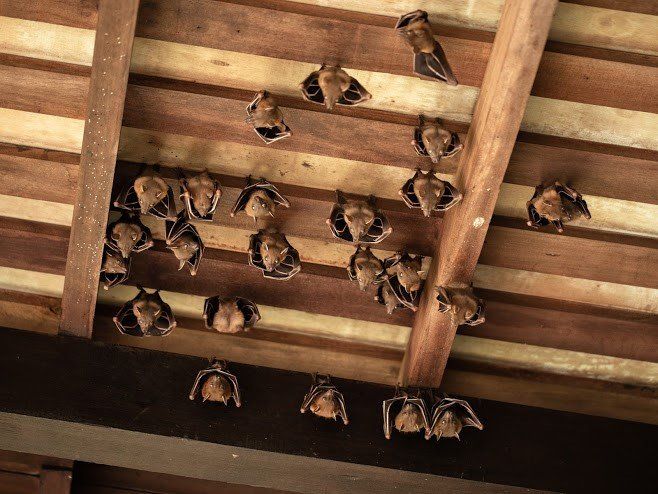
Bats can be cute when you see them in nature, but inside your home, they are more than just a nuisance. Bats can carry deadly diseases, like rabies, which means that if you have a bat, you need to take steps immediately to solve the problem. Removal Options Removal is best left to a professional due to the risks involved. Single Bat A single bat may get into the house through an open window or the chimney. The good news is that this usually is a one-time event and you don't have an infestation. The best course of action is to remove pets and people from the room with the bat, open all of the windows in the room, and then close off the room so the bat can't get into the rest of the house. With luck, the bat will find a window and leave. If you must handle the bat, wear gloves and do not touch the bat directly. The safest option is to call in a pest service if the bat doesn't leave on its own. Roosting Colony Sometimes your home provides the perfect place for daytime roosting. Little-used attics are most at risk, but bats may also colonize crawlspaces, spaces in your walls, or outbuildings. You should not try to remove an entire colony of bats on your own. A pest professional that is aware of local and federal wildlife laws should be called in to trap and remove the bats. Prevention Tactics Once you are free of the bats, your next step is to ensure that they cannot return. Exclusion If a bat can't get into your home, you can't have a bat problem — which is why exclusion is your main goal. Your pest service will inspect your home and find the likely entry points that the bats are using. You can also watch your home during the twilight hours to find where the bats are emerging. Once you know the likely entry points and have had all bats removed from the house, you can seal up the openings so the bats can't regain access to your home. Alternative Dwellings If you live in an area with a high bat population or would simply like to keep these beneficial insect-eaters nearby, then providing alternative dwelling options can be just the ticket for diverting bats away from your home. You can buy or build simple bat boxes. These boxes are typically attached to trees or poles to provide a more attractive roosting space for the bats. Cleanup Safety Bats are not clean animals. If a bat has been roosting in your home, then you will have droppings (called guano) and urine to deal with. Guano Sanitation Bat guano can carry histoplasmosis, a fungal spore that can cause a chronic respiratory disease. If you must try to clean up on your own, you need to cover all of your skin, wear gloves and eye protection, and use a respirator mask. All debris must be cleaned up and all surfaces must be sanitized with a bleach solution. Professionals will also use a HEPA vacuum, which has a strong filter that ensures none of the possible fungal pathogens remain in the air. Dead Bat Removal Extreme caution is necessary if there are dead bats in your home. Conditions like rabies can still be transmitted from dead animals. Wear gloves and do not touch the bat directly if you attempt to remove it yourself. The area where the bat was found must also be completely sanitized with a bleach solution. For more assistance with a bat in the home, contact Anteater Pest Control, Inc.
